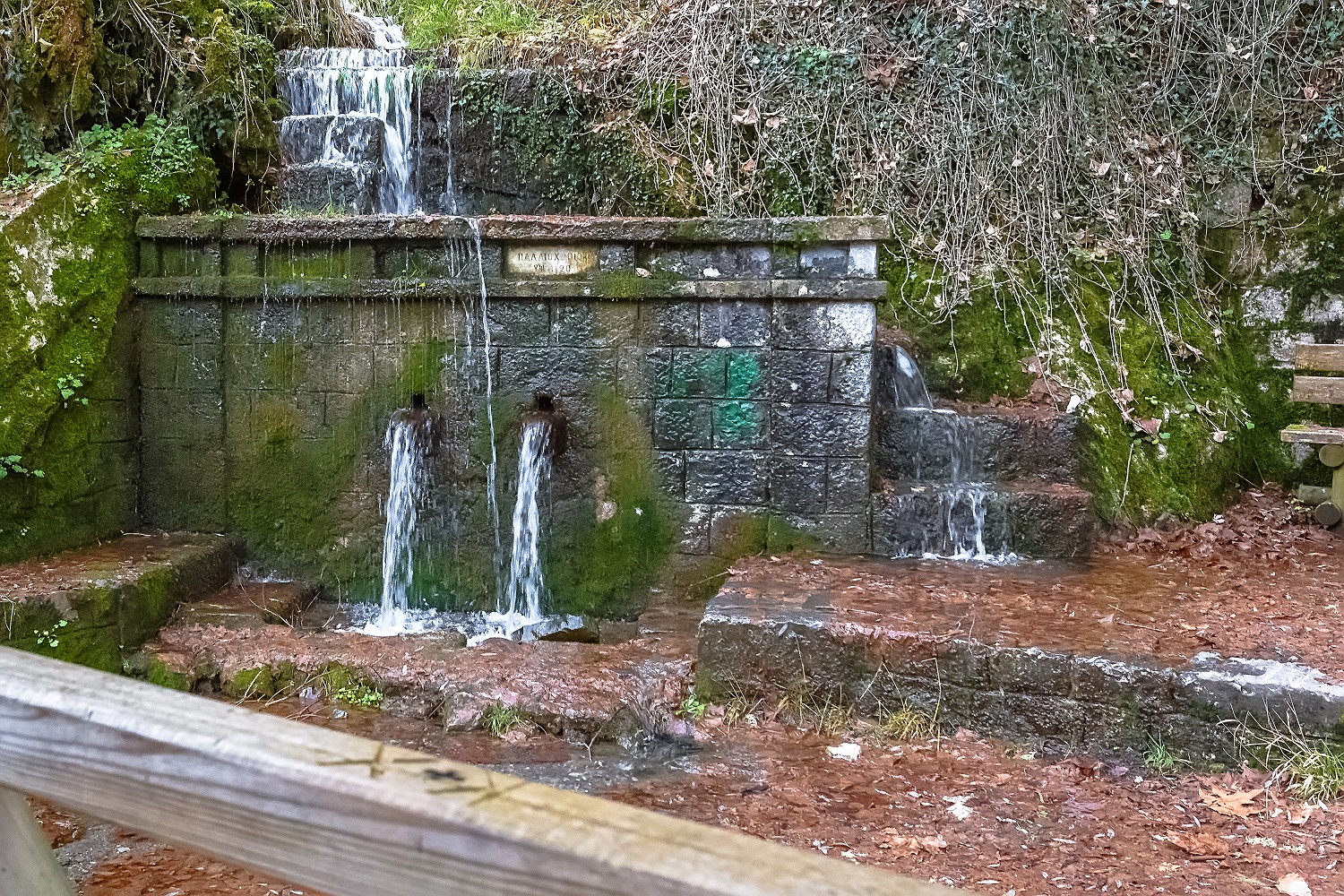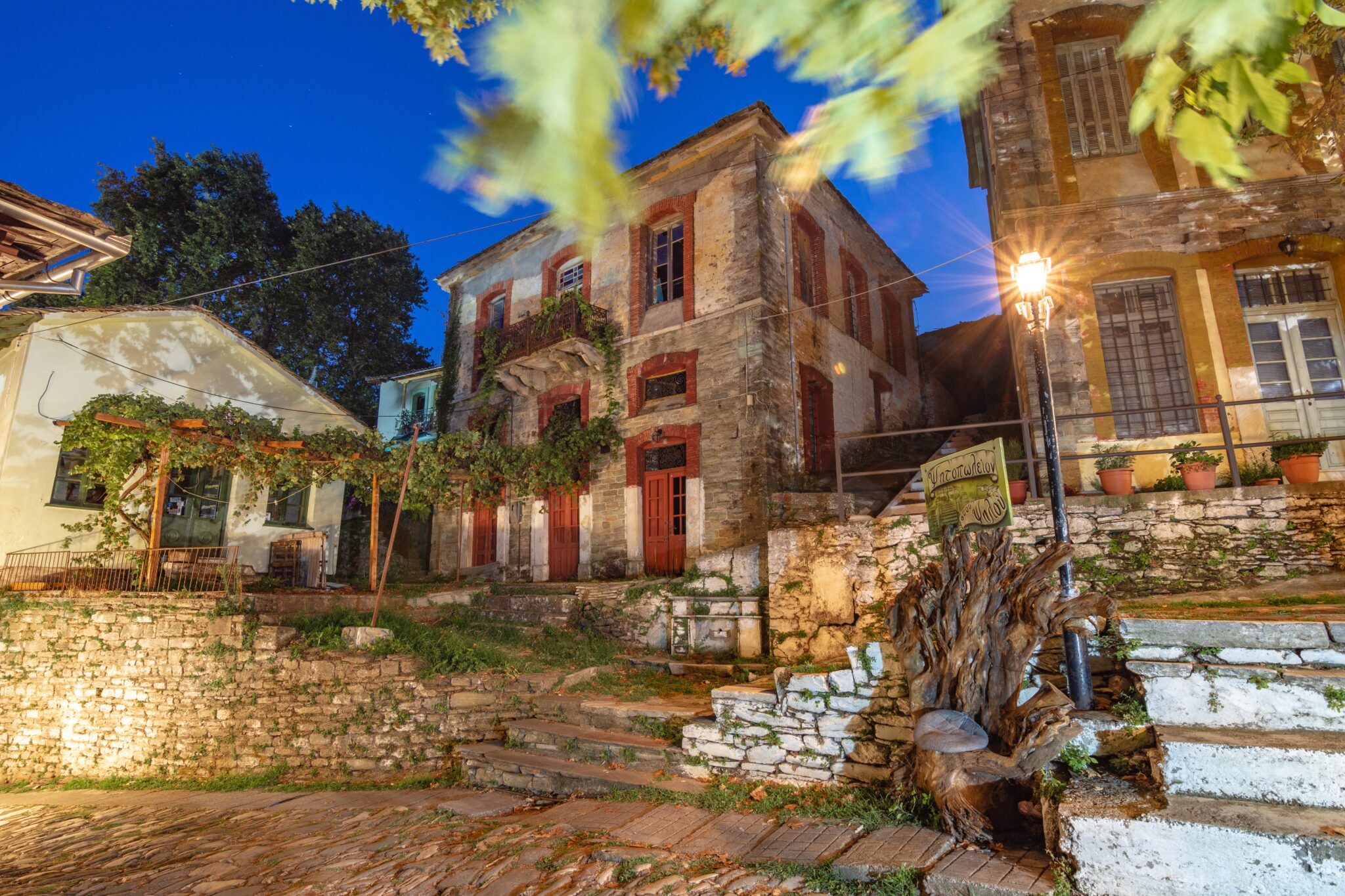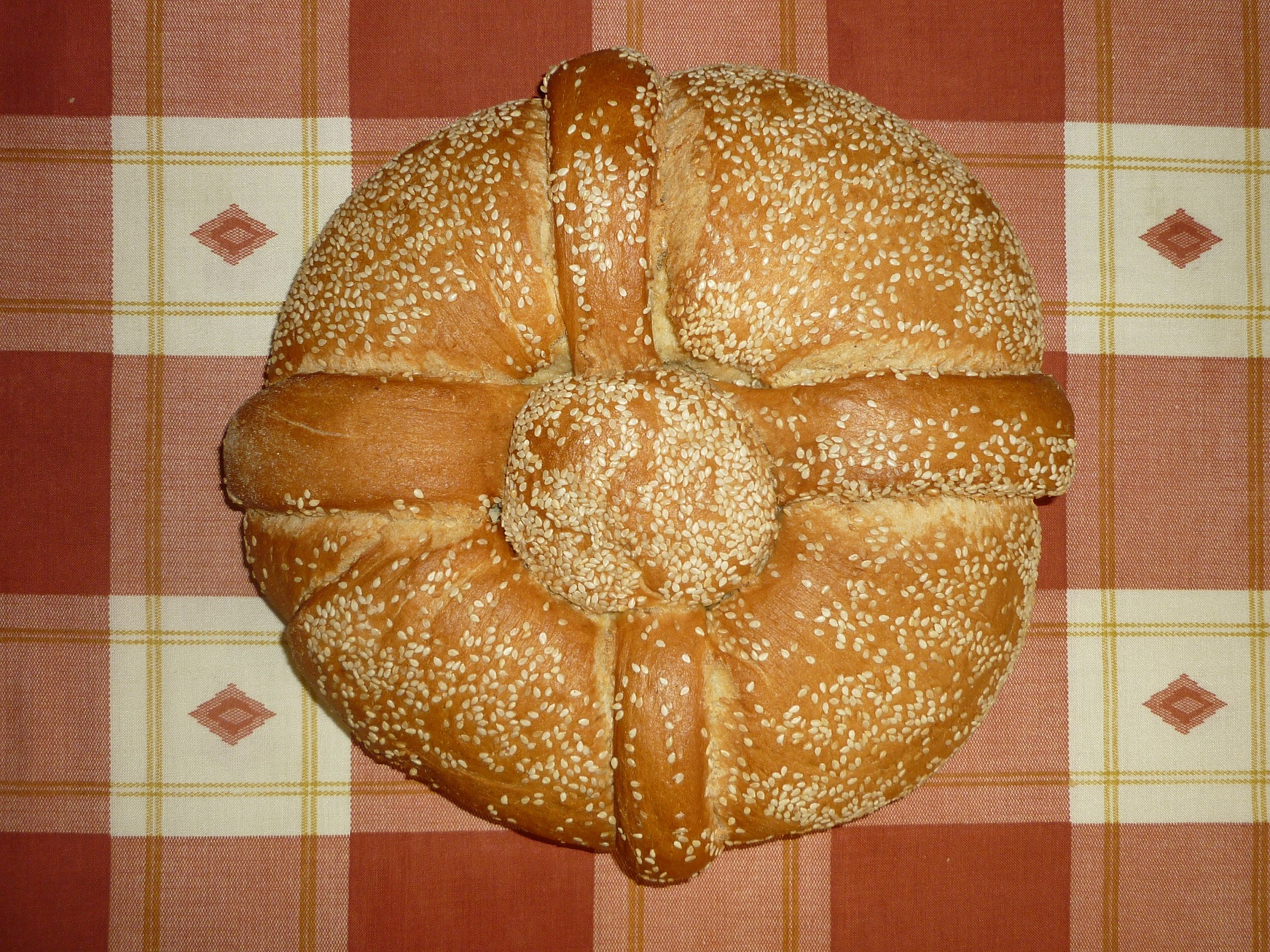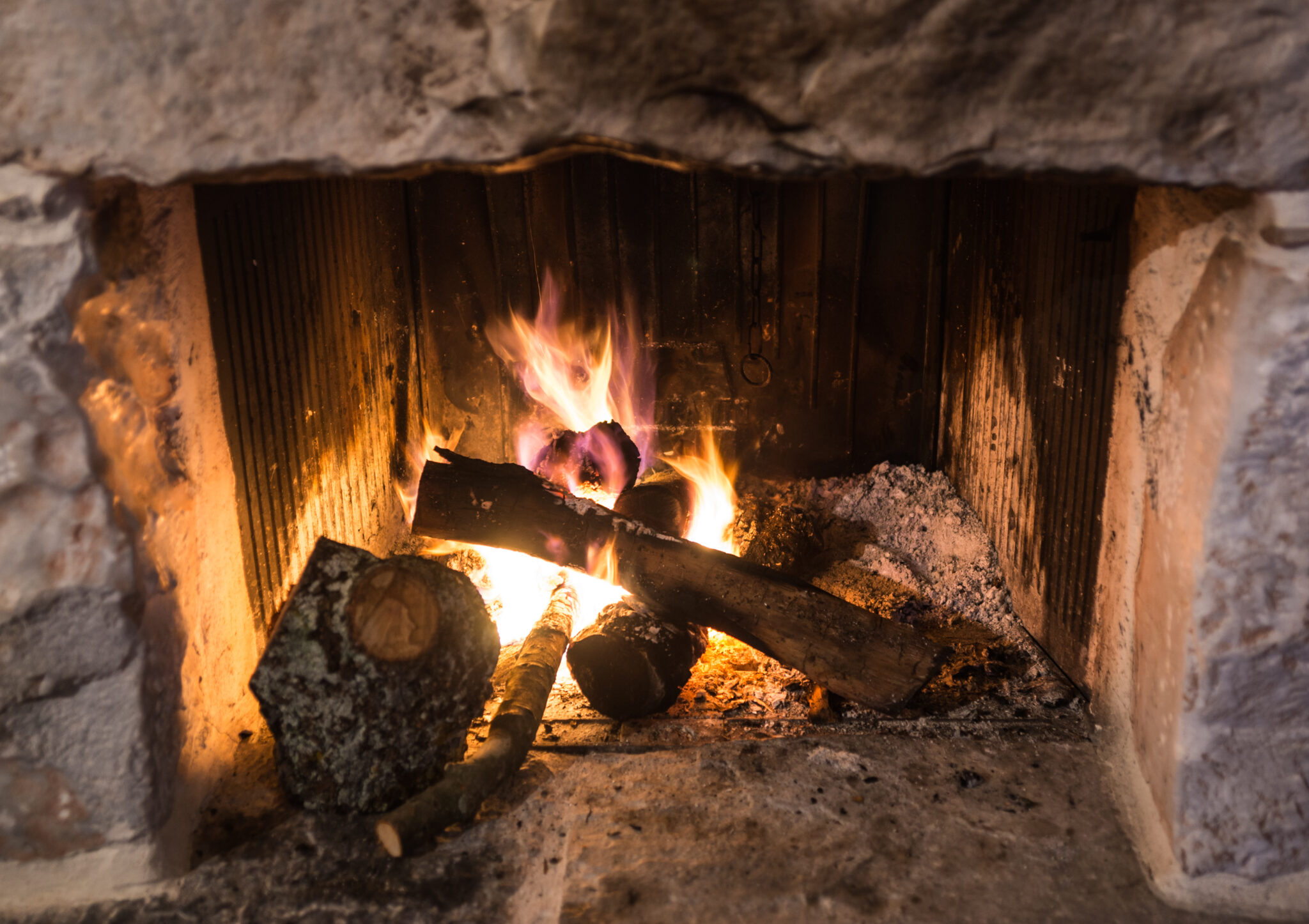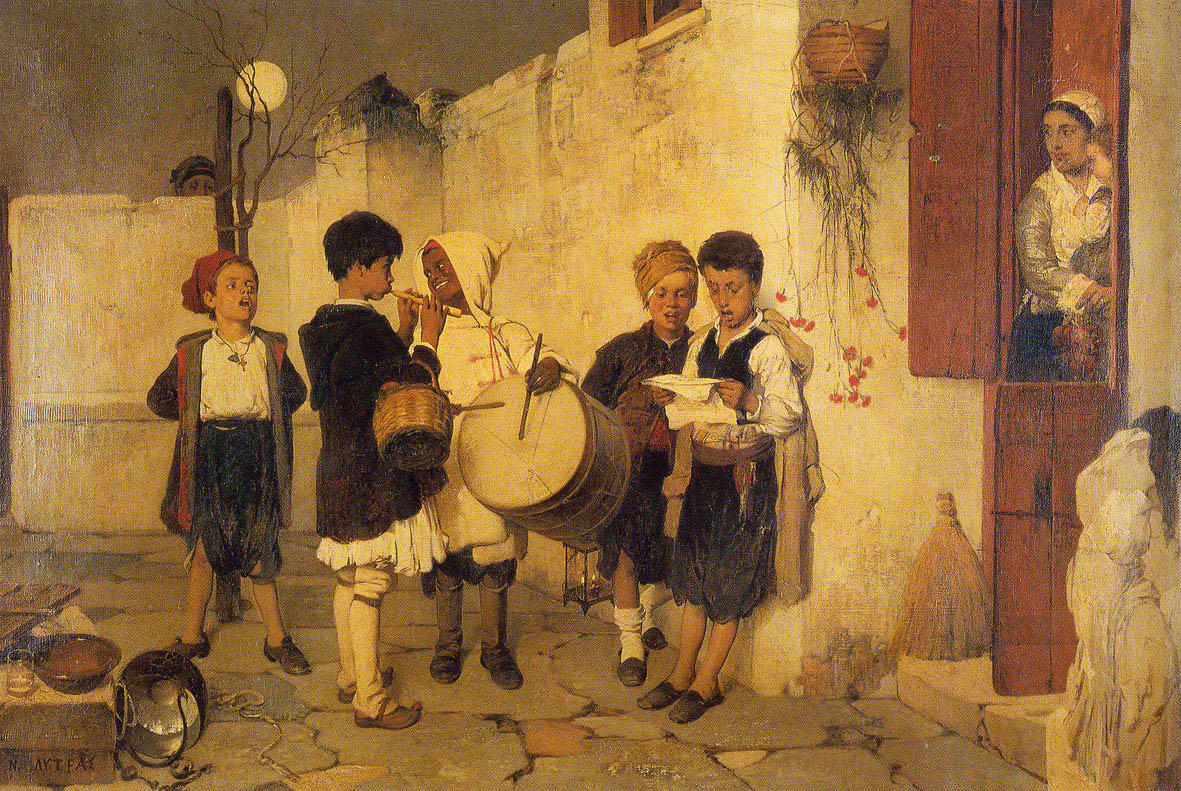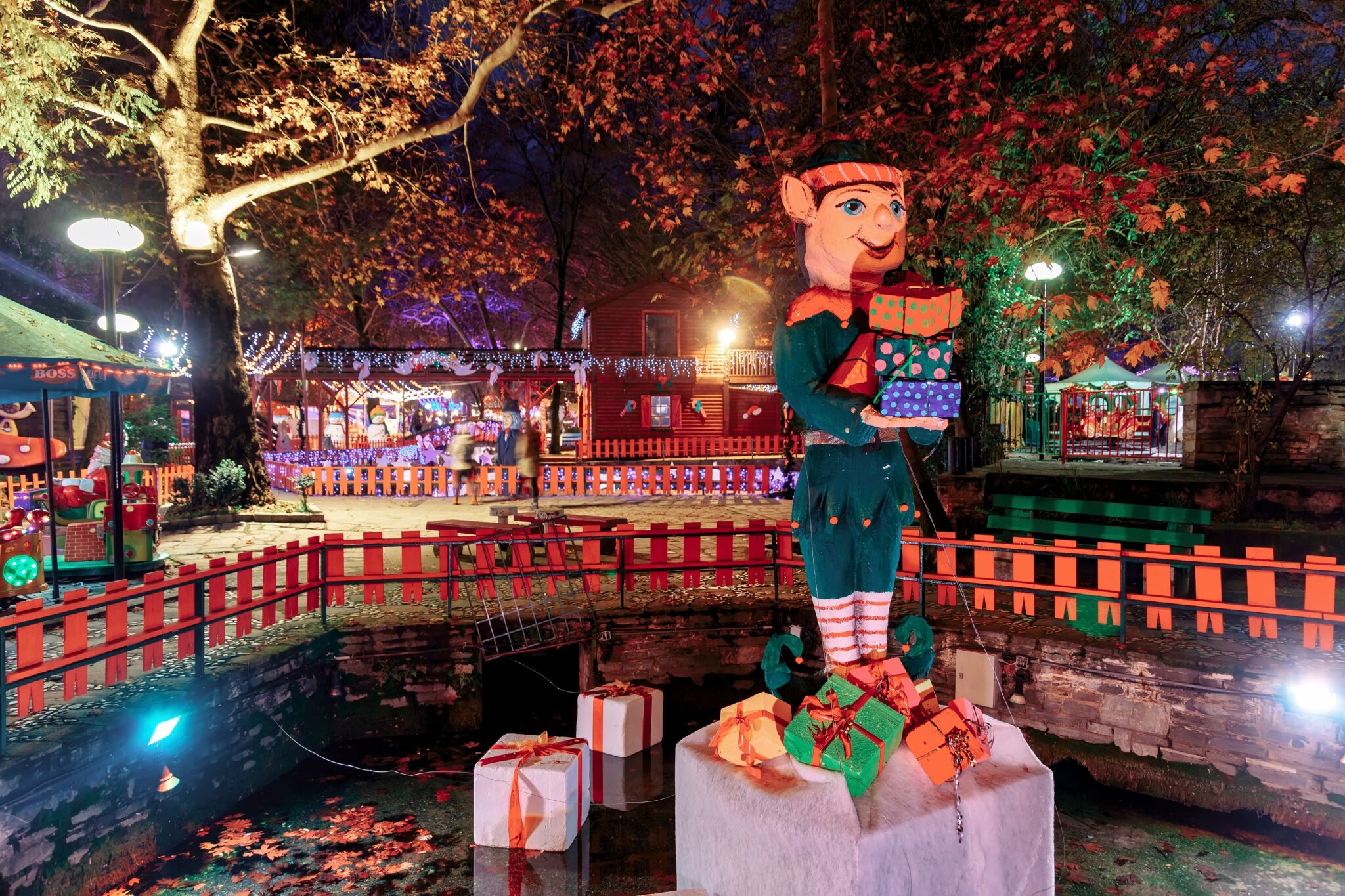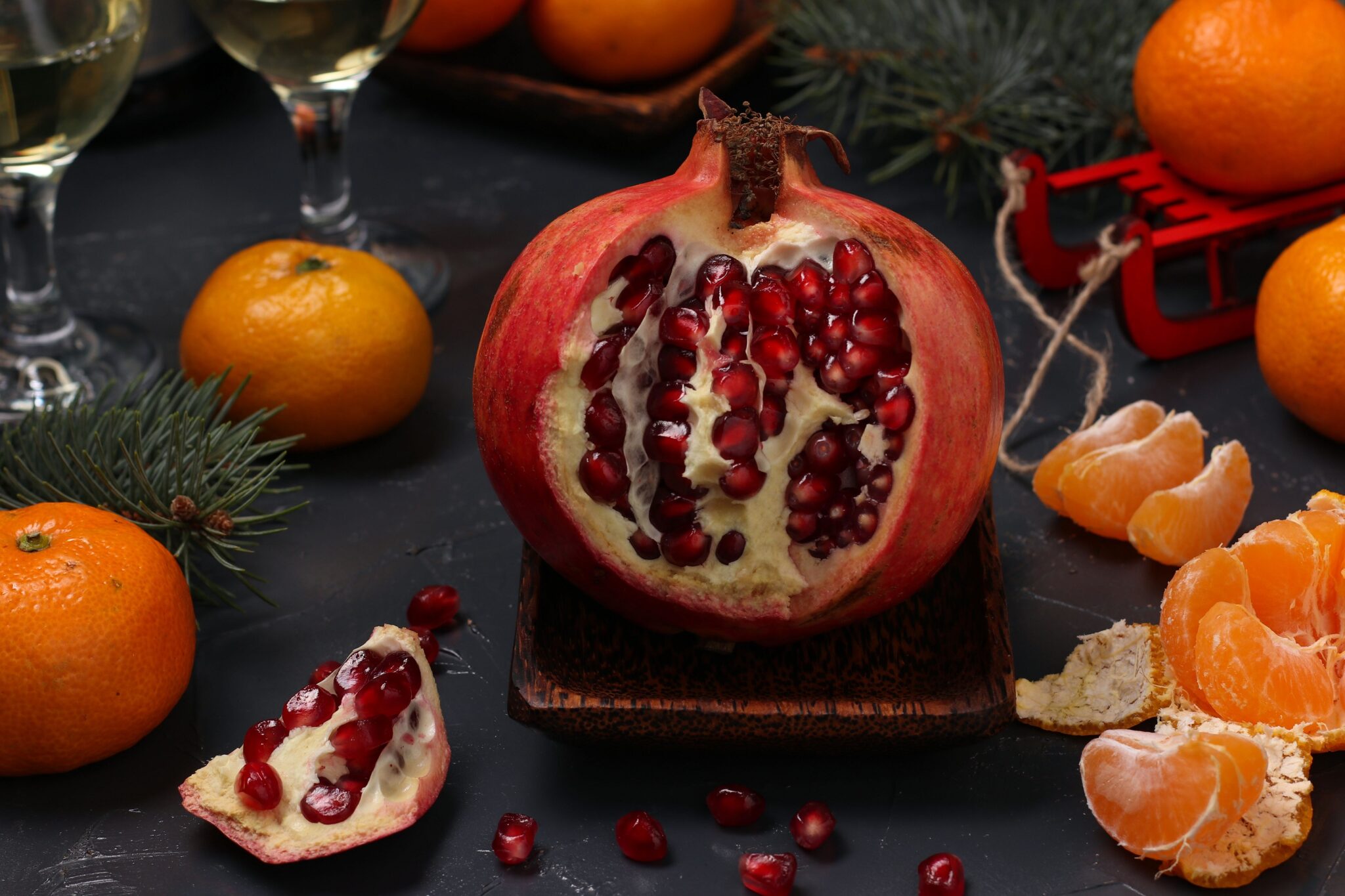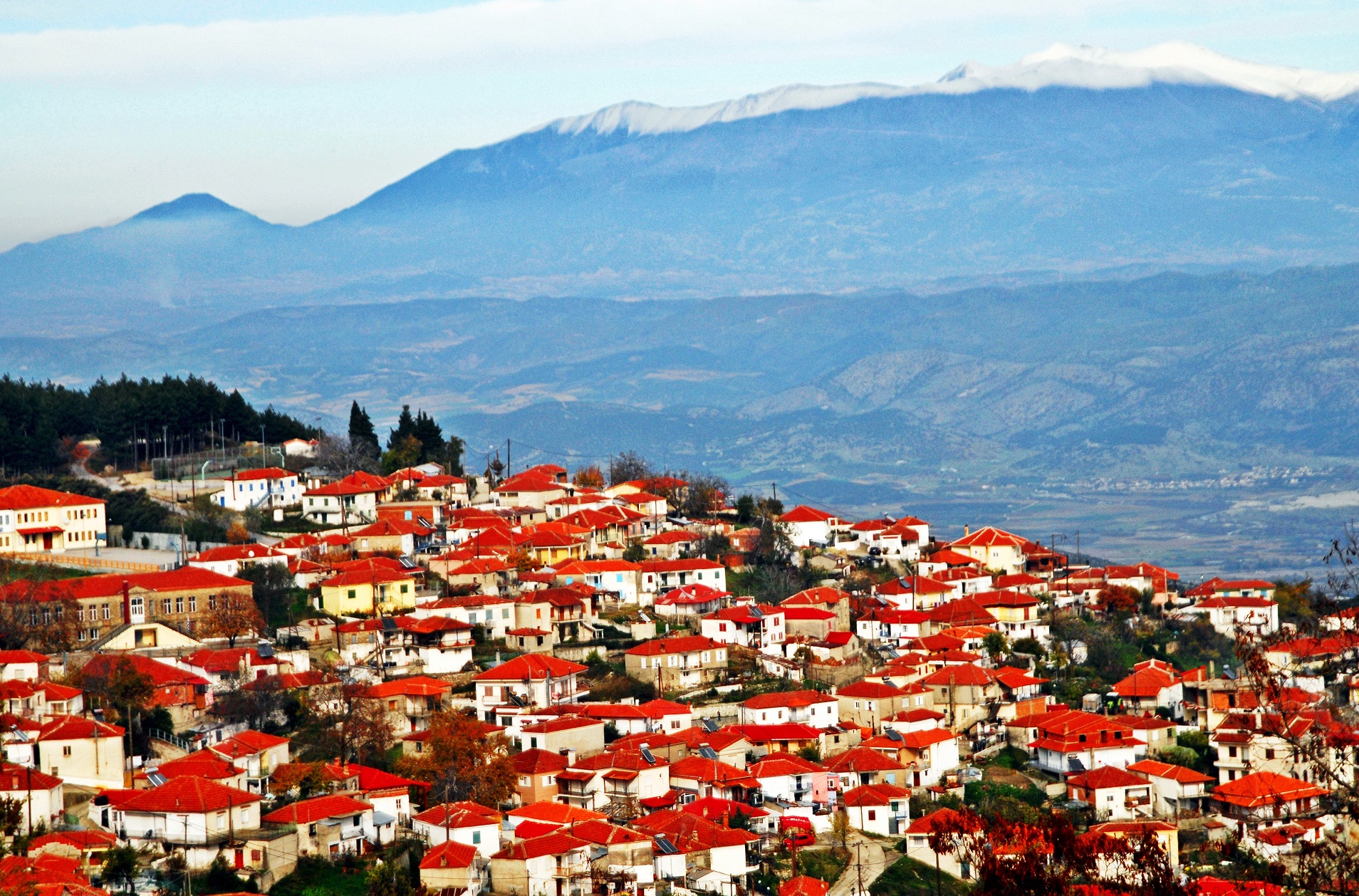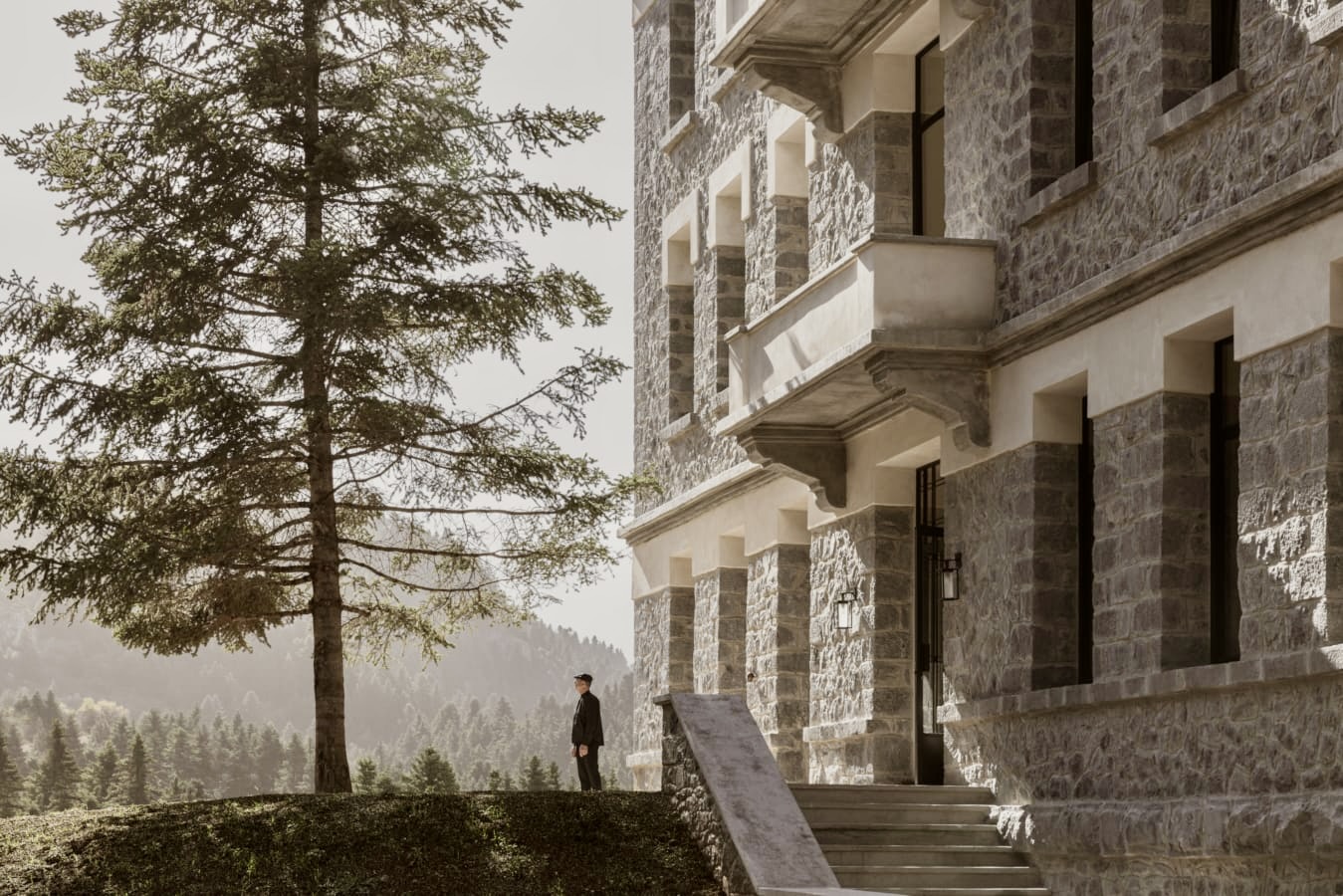Thoughout the country there are numerous fascinating age-old customs and traditions for celebrating the festive season. They usually begin on Christmas Eve and end on 6 January, also known in Greece as Epiphany, or Theophany. The focus is on family, wishes and blessings for happiness and a good harvest. Some traditions are still observed today, while others have become part of the local folklore.
Santa’s Boats
Being an island, Chios could not but have a tradition that honours its ancient nautical traditions. Children make small boats, usually out of wood, and on New Year’s Eve they gather in the main square to see which team has the best one. At the same time, they also sing “penemata“, poems similar to Christmas carols, which usually contain blessings for the sailors and their families (for many this would include a father, uncle or brother). Each team presents its boat singing the penemata and the winner goes around the town singing.
The “Taisma” (Feeding) of the Fountain
This is a Christmas tradition found in Thessaly, where on Christmas Day, at dawn, the village girls go to the town well to “steal” the speechless water. On their way there and on the way back, not only do they not speak a word, but they must remain completely silent for hours.
When they reach the well, carrying a jug, they fill it with water and put a blackberry leaf and three pebbles in it. Then they “feed” the well with bread, cheese, legumes, etc., so that there will be a fruitful harvest, and they spread butter and honey where the water flows, so that success and happiness will flow into their houses and the New Year will be sweet as honey. Then they return home and pour the water into the four corners of their houses, scattering the pebbles. According to tradition, the bramble brings optimism and good news and breaks bad spells.
Hirosfagia (Pig Slaughter)
Hirosfagia is a tradition found throughout Greece. In the past, pigs were present in most rural households. Often held around Christmas, the ritual would bring together families and friends in rural communities. The head of the family would use a special knife to slaughter the pig, after which days of work and celebration would begin.
Pig’s blood was used to paint a cross on children’s foreheads to ward off headaches, while the pig’s snout was hung over the door to ward off goblins. They would also ‘divine’ the spleen and liver to see if it would be a year of health, harmony and bountiful harvests for the family.
Nowadays this ritual usually lasts only a day or two, but in the past some hirosfagia lasted up to twelve days and there were great celebrations with music and dancing. Pork meze was cooked and copious amounts of wine and tsipouro were consumed. During the festivities the women would make sausages, apaki (traditional smoked meat), siglino (traditional cured pork sausage) and collect the fat for cooking. Houses that didn’t have a pig were considered poor or badly kept.
Hristokloura or Christmas Bread
Each region of Greece has a different take on the tradition. The nomadic women of the Sarakatsani tribe in northern Greece bake a round Hristokloura bread on which they ’embroider’ designs, usually inspired by rural life. A slice, dripping with honey, was given to each member of the family.
On the Ionian island of Kefalonia, families gather in the house of the oldest member and, after placing three torches on the floor, place the kouloura on top. Forming a circle around it, they all touch the bread with their right hands while the eldest sings the Greek Orthodox Christmas hymn “I genesis sou, Hriste, o Theos imon”, a Christmas-themed Lord’s Prayer meaning “Your birth, Christ, Bless the Lord”). When the singing is finished, the eldest pours oil on the torches, lights them and breaks the bread, distributing pieces to everyone.
In Crete, the women make the hristopsomo, a sweet bread made with the best flour, rose water, honey, cinnamon and sesame seeds. While kneading, they say the blessing “Christ is born, the light rises so that the leaven can be made” and then they shape the bread into large dough crosses. It is decorated with different patterns of flowers, birds, fruits, and more.
In Zakynthos, the kouloura is kneaded with spices, nuts, raisins, wine and oil and decorated with designs they make with the dough. It is kept warm until dinner, when the whole family gathers for the Christmas meal. The host holds the bread up so that everyone can see and touch it, then it is placed in the fireplace where it is blessed three times. The host pours wine and olive oil over it while singing the Greek Orthodox Christmas hymn “I genesis sou, Hriste, o Theos imon”. The woman of the house burns incense while a member of the family fires a shotgun into the air to mark the birth of Christ. Then they cut the bread, the first piece for Christ, the second for the poor, the third for the house and the rest for the family members according to their age.
Kolinta Babo
Another tradition of Macedonia, and of Pella in particular, is the tradition of Kolinta Babo. On the night before Christmas Eve, they light fires in the villages and shout Kolinta Babo, a phrase that means “they are slaughtering, grandma”. They are reenacting the massacre of the innocents by Herod, and they light fires to warn the villagers to protect themselves not only from Herod, but from all the bad things that the New Year might bring.
Burning Holly
According to tradition, when the shepherds went to visit the newborn Christ in the manger, they cut the branches of a holly tree and set fire to them to light the way. The fire and the noise made by the burning holly lit up the dark road, making it lively and bright. That’s why in Arta, when someone comes to wish you a Merry Christmas, they hold a holly or some other branch that crackles when it burns. The same is customary for married offspring visiting their parents to receive their blessing: they light the holly branch on the way and the air is filled with joyful light and sound.
Similarly, in Ioannina, when visiting relatives and friends to wish them a Merry Christmas, they carry a few sprigs of laurel and holly leaves, which they throw into the fireplace as they enter the house, and when they start to crackle and sparkle, the customary wish is “Lambs, goats, brides and grooms”.
Pantrema Tis Fotias
In Edessa, on Christmas Eve, they “marry the fire”. They take a log from a tree with a feminine name (in Greek all words are gendered), such as the cherry tree, and a log from a tree with a masculine name, usually thorny trees such as blackberries, and they burn them together in the fire. From the crackling and flames they would try to predict the future, usually the weather or the quality of the year’s harvest. Tradition also has it that thorny trees would keep the gremlins away.
The Bamousiarei
On Boxing Day, in Thrace, there is the tradition of the Bamousiarei. Two men pretend to be a couple, one dressing as the Bamousiareos, wearing a mask made of a pumpkin and sheepskin with bells hanging from his neck, and the other pretending to be his wife. They go around the village with drums, zurnas and bagpipes and everyone dances.
The Momogeri
In some villages of Drama there is the old tradition of Momogeri, which comes from the immigrants from Pontus. The young people of the village wear wolf and goat skins, paint their faces to look like old men and go around the village in groups singing songs and giving blessings. When two groups meet in the same neighbourhood, they “fight” until one of them surrenders to the other.
Smashing a Pomegranate
Since ancient times, the pomegranate has been associated with good luck, fertility, wealth and abundance. On New Year’s morning, churchgoers take a pomegranate to church for the priest to bless. When they return home and open the door, they throw the pomegranate hard on the floor so that the scarlet berries scatter everywhere, symbolising the spreading of good luck, abundance, health and joy for the coming year.
The Babaliouria
The Babaliouria is a ceremony that dates back to ancient Greece and the worship of the god Dionysus. According to tradition, the young people of Elassona, near Mount Olympus, dress up as tsoliades (the famous presidential guard) and hang shepherd’s bells around their waists. On their heads they wear masks made of animal skins, called “foulinas“, and these zoomorphic men wield wooden swords.
On New Year’s Day, they would gather in the church square and wait for the mass to end. When the congregation tried to leave the church, the half-man, half-beasts would block them until they filled their money boxes. When they were full, the beasts wished everyone a happy new year and let the people go. Afterwards, the Babaliouria would roam the city, chasing away evil spirits for a… HAPPY NEW YEAR!
Read also
A Flaming Christmas: Florina and its Villages in Northen Greece




